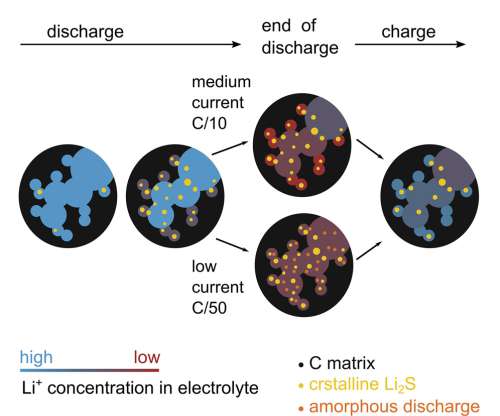HZB team devises new Ti4O7 cathode material for Lithium-sulfur batteries
Green Car Congress
MAY 22, 2017
Researchers at the Helmholtz-Zentrum Berlin für Materialien und Energie (HZB), with colleagues from Humboldt-Universität zu Berlin and University of Potsdam, have fabricated a nanomaterial made from nanoparticles of a titanium oxide compound (Ti 4 O 7 ) for use as a cathode material in lithium-sulfur batteries. Credit: HZB.
















Let's personalize your content